How to Build an Audio Speaker Box: DIY Guide

Building you’re an audio speaker by yourself is something most people would stay away from. However, if you are in the other group and would like to make your own speaker then this article is just for you.
Of course, we will list all the things you need to get started. Everything else depends on your own skills. We have managed to create a shore list of necessities, as well as to explain how to do certain things, plus give you some extra tips.
So, let’s get started.
What do you need to start?
Here is a list of the things you need to get before you start the project.
· Speaker Drivers
· 1 or 2 sheets of MDF
· Screws
· Wood glue
· Polyfill (you will need this to stuff the box)
· Silicon (necessary to seal the edges)
· Wood sealant (to seal the wood itself on the inside of the box)
· wire and speaker terminals
· crossover materials
For the finish of your own audio speaker you can use:
· 1/4" oak veneer. You can glue it to the MDF directly
· Polyurethane
Tools needed for this project:
· a drill
· a table (or circular) saw
· a jig-saw
· a router
Use MDF to construct the speakers
It is recommended to construct the speaker from 2 MDF sheets. Use 3/4" MDF. You can buy it in 4x8 sheets. Although this investment can be around $80 it is worth it..
Box/Cabinet Size
The speaker drivers usually determine the size of the box or cabinet. It is recommended to check with the manufacturer regarding the optimal driver volume and displacement. If you don’t have this information, you can use an online Speaker Box Volume Calculator as recommended by AudioReputation. It will help you calculate the volume of the speaker box based on the driver specs.
Remember that the enclosure dimensions are internal ones. To get the outer dimensions, you have to add the thickness of the MDF to these dimensions.
Screwing the box together
There are some specifics you have to take care of when assembling the box. Selecting a proper screw is one of them. Using #8 wood screws is recommended, and make sure it is at least 2 1/4" long, with the first 3/4" of the screw having no threads.
It is also recommended to use square head screws because they work better with power tools. Plus they don’t slip easily. You can also get pre-lubricated screws which may help you do the job easily without being afraid that the wood would split.
Before you put the screw in, make sure to drill a hole first. The hole of the screw and the size of the screw without threads should be approximately the same. Although some people put a little glue in the hole, it is not necessary. On the other hand, putting wood glue on the edges of the wood is highly recommended. In case you have long clams, you can build the speaker box just with wood glue, without any screws.
Battens
A specific type of bracing is a batten. It secures the edges of the box. It is basically a piece of wood running along the box joints. For battens you can use1"x1" or 3/4"x3/4" strips of wood. Pine and hard woods are recommended. The batten should cover around 2/3 of the edge. use a #6 1 1/4" screw for the batten. This is will go enough into the MDF and you don’t have to worry that it will come out on the other side. Don’t forget to drill a hole first and add some glue.
Flush mounting the drivers
All the drivers should be flush mounted. If you don’t do this you can experience tiny spikes in frequency response. To flush mount a speaker, you can do this in the following ways. You will need a router for the first way. Cut a groove on the outside of the driver. It should be deep as the edge of the driver. Another way, which is much simpler, is to add a piece of wood with holes for the drivers. This must be done correctly.
Rounding all the edged is a second way to reduce the noise spikes on a rectangular. However, this is a bit difficult if you are using MDF. You will also have trouble when you laminate or veene the box.
What about driver spacing?
The dimensions of the tweeter chambers and mid should be less than the length of a wave at the crossover point. Make sure to keep the centers of the drivers within the length of a wave at the crossover frequency.
Stuffing the box with Polyfill – is it necessary?
Polyfill is something like fiberglass. You can buy it loose or in sheets. If you decide to use polyfill in a sub box, it will make the box act larger and it will boost the response of the deep bass. However, if you make the box larger than it is required by the driver the sound is going to be bad. The Polyfill should be spread evenly and mustn’t touch the driver.
Do you need toe spikes?
If the distance between the woofer and the floor is small, then the vibrations and reflection of sounds from the floor may make the bass stronger. Although some will appreciate a stronger bass it is still an inaccurate reproduction of the input signal. If you want to eliminate this vibration you have to put the speaker on something which will eliminate the vibration. Another way is to use a spike to make a direct contact between the floor and the speaker. The vibration will be minimal and the extra bass will be eliminated.
Enjoyed the project?
Suggested materials:
- MDF
- Drivers



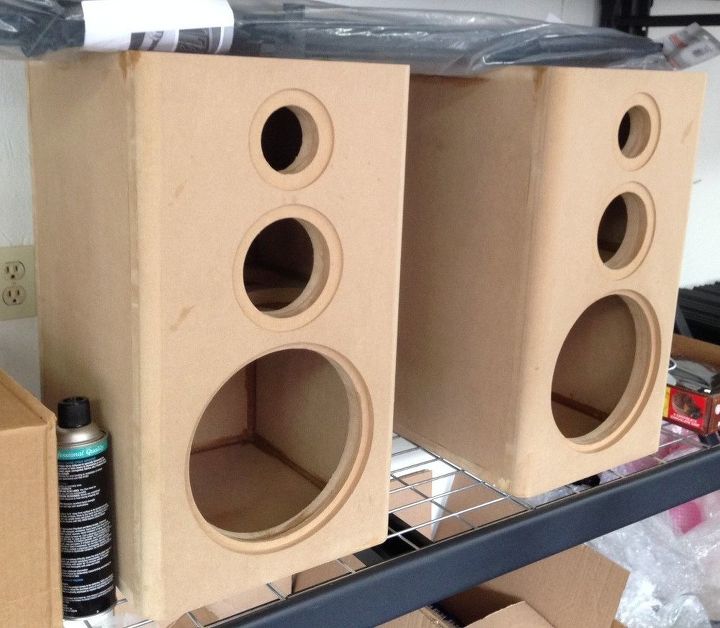



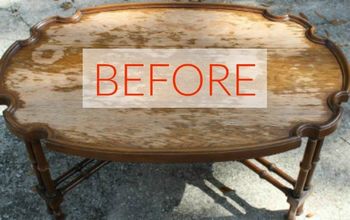
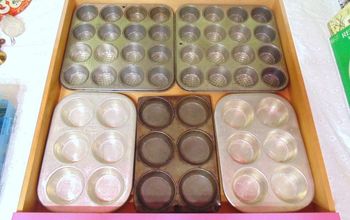




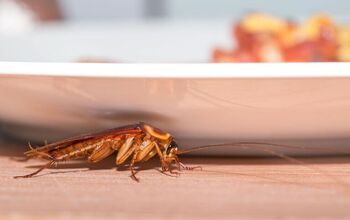
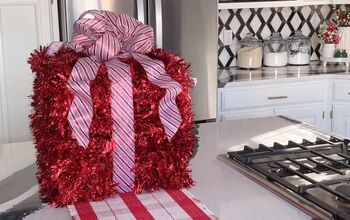
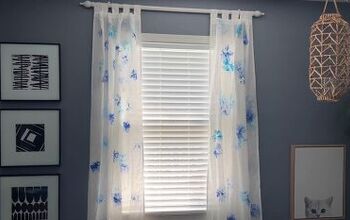
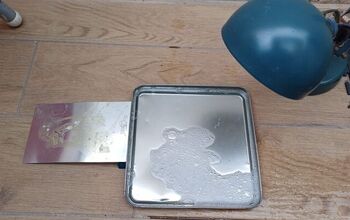
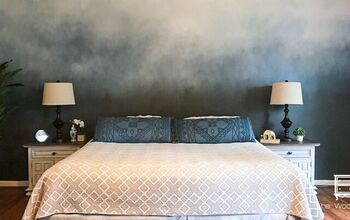
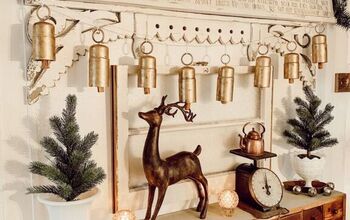
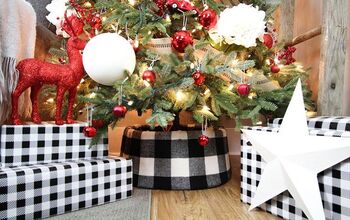
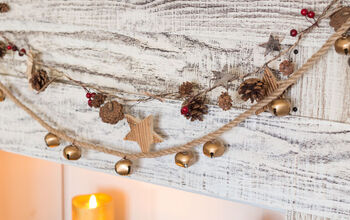
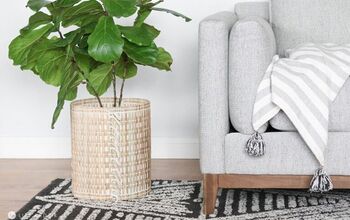
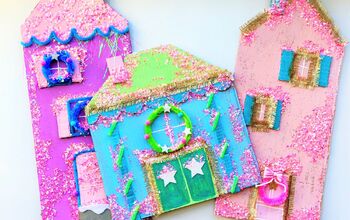
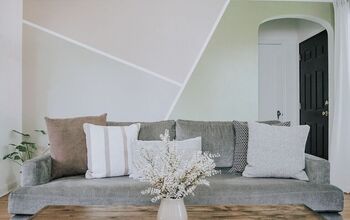
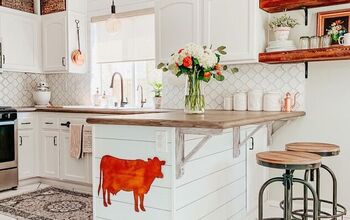
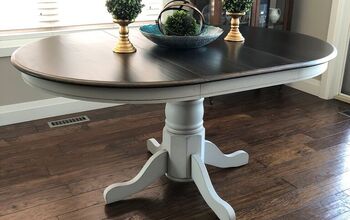
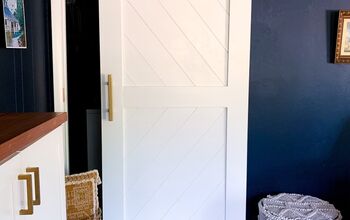
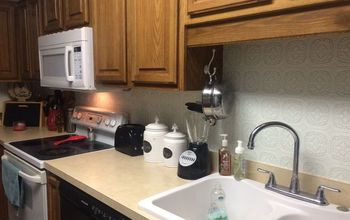
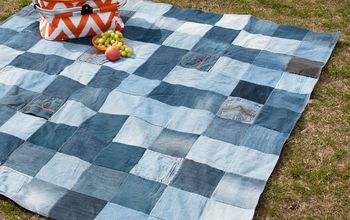
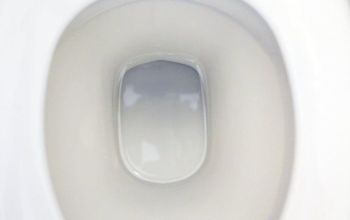
Frequently asked questions
Have a question about this project?